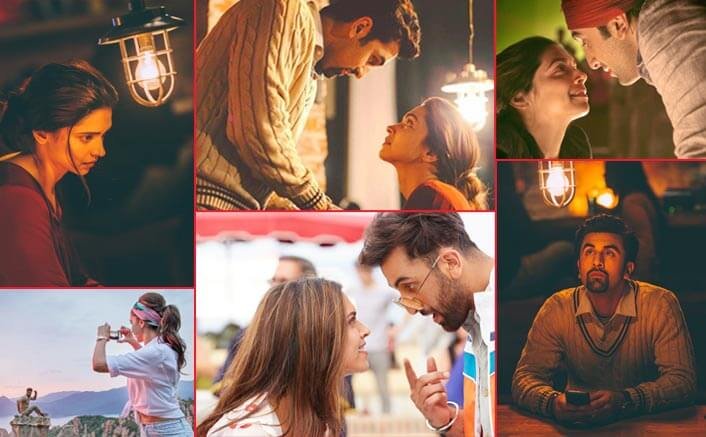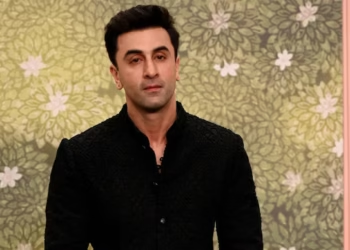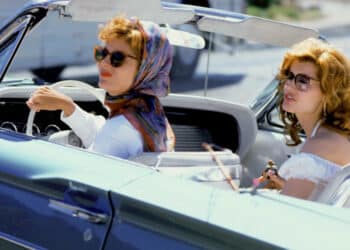A figure named Tin Woodman appears in Victor Fleming’s fantasy film The Wizard of Oz. The Tin Woodman of Oz is skilfully joined together and constructed of gleaming hollow silver tin.
He rattles a little when he moves, but when properly lubricated, he can bend his joints and get around. He used to be a normal guy before sadly being transformed into his current form of tin, his meat body being replaced by a metal one with no internal organs.
He yearns for a heart so he can love once more. Tamasha by Imtiaz Ali begins with two characters on stage. One of them is costumed as the Tin Woodman in a silver metallic outfit.

This mechanical character goes to the office, comes home from the office, gets punished by the boss, and never tells anyone about it. Unme se Ek tu hi to hai, 42 seat ki bus me jo 142 log chhadte hai. He, like so many others, is caught between dil and Duniya.
The other character who presents the Tin Woodman is dressed as a clown and declares herself to be the robot’s dil ki aawaaz.
This robot has a heart, but it appears to have become detached from his dil ki aawaaz, much like the Tin Woodman who lost his heart and desperately wanted it back. Tamasha is about finding that dil ki aawaaz—the voice of the heart.
Table of Contents
1. Flowers
Whenever Ved and Tara go on a date. Ved buys flowers for her, but he keeps them in the back seat, perhaps because he was still unsure of who he was, “isko main backseat pe rakh deta hun as if he isn’t the one from Corsica but the product manager.

When Tara arrives home, he hands them over to her, and Tara appears to believe he is the same Don she met.
2. Books
Tamasha seems to be paying homage to Catch-22 in various respects. A lot of the action in Tamasha takes place in Corsica, as it does in the novel, which is located in Corsica, and Heller himself is stationed there.
In the same way that the characters in Catch-22 deal with mental illness, Ved in Tamasha deals with schizophrenia.

Tamasha meanders back and forth between different times, between the past and the present, just as the narrative does not follow any chronological order.
Our hero is stranded midway between dil and Duniya, as in the title of Catch-22, where everything is stuck between two impossible choices.
This could explain Ved and Tara’s activities in Corsica. Asterix in Corsica, in which Asterix and Obelix rescue a Corsican prisoner named Boneywasawarriorwayayix from a neighboring Roman camp, is Tara’s favorite comic. She had wanted to go there for a long time. As a result, she travels to Corsica, whereas Ved has his own Catch-22 situation.
3. Dil vs Duniya
On the one hand, he is attempting to be a gentleman by not expressing any affection toward her, but on the other hand, he is enraged. This is shown when he is outside Tara’s house and acts strangely.
This conduct continues during the party he attends, as well as with his boss later. It’s as though he’s battling multiple personalities within himself.
He draws inspiration from his own life as he tells his father the story of a figure named ‘Hero.’
Hero studied engineering and has always been an obedient person. He has a set regimen that he follows every day. Hero eventually relocates to a far-flung location, somewhere between ‘dil’ and ‘Duniya,’ and meets a partner.

Ved tells the story of ‘Hero,’ introducing himself as ‘Don,’ one of Hindi cinema’s most famous ‘villains.’ As a result, Hero can be both a hero and a villain. It’s only natural that Don is Ved’s Hero’s polar opposite.
It’s also worth remembering that Don in Don had two personalities: one that was wicked and one that was benevolent. This Don is inspired not only by Amitabh Bachchan but also by Dev Anand.
The existence of two names in his name—Ved Vardhan and the way he refers to Tara Mona Darling—is also intriguing. “Toh main aapko Mona Kahu ya Darling,” he says, implying that he does not believe Mona Darling (or Mata Hari) can be one person.
4. Watch
When they started going on dates more frequently, he looked at his watch every time he said goodbye. He gets up and goes to bed on time.

It was as though he timed his goodbyes; he has gotten so enslaved to his daily routine that he even has a clock on his calendar in his office.
Even in the middle of a kissing session, he makes sure his phone is turned off.
5. Stories and Storytellers
Brahma hai ya Ibrahim, Moses hai ya Musa, Hindu hai ya Indus, Jesus hai ya Isa, and Jamuna hai ya Yamuna. Meet Don, Ishq Wala Love, and Don Returns are the three parts of Tamasha.

Ved transforms into ‘Don,’ falls in love with Tara, and then, in the end, becomes the hero of his own stories, as well as the profound reason for Ved’s existence in stories.
6. Rumi and Tamasha
Similarly to how Yeh Dooriyan offered a brief synopsis of the film at the start, Tara and Ved are presented as if they were players in a mythology drama without being given a proper introduction.
“Yahan se kai kos door, dil aur duniya ke beech,” Ved says. It reminded us of Rumi’s quote from Rockstar in some way. “Pata hai, yahan se bahut door, galat Aur Sahi ke paar, Ek maidan hai, main vahaan milunga Tujhe,” which translates to “Away beyond all concepts of wrongdoing and right-doing, There is a field. I’ll meet you there.”

Another Rumi quote inspired Tamasha: “Don’t be satisfied with the stories that come before you. Unfold your own myth.” This is also consistent with the movie’s tagline.
Why does it have to be the same tale every time? Any Imtiaz Ali film is built on a character’s journey. In all of his films, there is a trip element. Ved does a safarnama to find his actual self in Tamasha.
7. Stairs
Tara taking the stairs is a common occurrence in Tamasha. Ved and Tara are not hiding anything as they sing Matargashti together.

Her Delhi home has stairs, and every time she descends them to Ved, there’s something hidden, a space between them that she passes through.
Tara is Ved’s guiding star through life’s ups and downs. Meeting Don in the hotel room, then Ved at the Social in Delhi, and finally Don’s return near the end of the story completes their story.
8. Clowns
The entire world is a stage, and all men and women are only performers. They have exits and entrances, and one man can play multiple roles at the same time.

He is shown sprinting towards his escape while the clowns who were previously in his room posters now pursue him in the frame of Safarnama to his eventual escape.
9. Dil me Heer liye, aur Heer Khoje veerane me?
Ved’s realization that he is the master of his own story is one of the most poignant passages in the film. No one will be able to predict how his narrative will conclude.
“Dil me Heer liye, aur Heer khoje veerane me?” says the storytelling baba, referring to him as a coward. He instructs him to make up his own story.

He then takes to the streets of Simla, where he encounters a procession and begins dancing like a dervish, reveling in his newfound freedom.
Nothing else mattered to him right now except himself. A feeling of letting go, similar to a pehli udaan of a boldly flying bird.
Also Read: 7 Films Revolving Around Writers















Comments 1